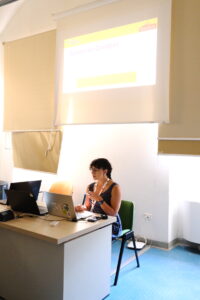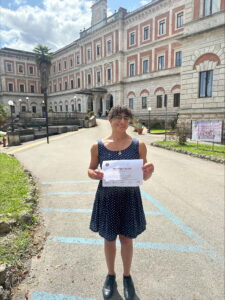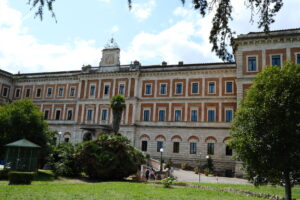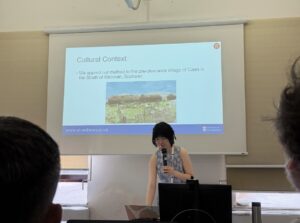You are warmly invited to the next PGR Seminar.
![]() Monday 17/11/2025
Monday 17/11/2025
![]() 14:00-15:00
14:00-15:00
![]() JC 1.33A
JC 1.33A
- Speaker: Ben Claydon
Title: Improvements to Space Partitioning Trees for Similarity Search
Abstract: Searching large, unstructured collections of data for objects deemed of relevance to a user-provided query is an increasingly important task. For example, when a user inputs a query into a search engine, they expect a list of high-quality results to be returned nearly immediately. However, if the search engine had to rank each of the approximately 1 billion websites on the internet in order of relevance to your query, and each of these judgements took 1 microsecond, each web search would take nearly half an hour! To overcome this, data structures are created which enables searching only a small subset of the dataset, where this subset is likely to contain the most relevant items. This greatly increases the rate at which queries can be served, at the cost of some loss of accuracy. In this talk, I will present improvements made to one such data structure called random projection forests. I present a method which increases the accuracy of this algorithm without an associated increase in either preprocessing time or the time required to serve a query.
Bio: Ben is a 3rd year PhD student whose research focusses on algorithms which facilitate scalable similarity search.
- Speaker: Joseph Loughney
Title: Breaking Multiple Symmetries at Once, and Retrieving ‘Actual’ Solution Counts in Graph Search Problems
Abstract: The Subgraph Isomorphism Problem is a graph search problem which is computationally challenging to solve in large cases. We have seen significant improvements in performance as a result of symmetry breaking (avoiding searching for multiple solutions that are isomorphic to each other) either before or during search, and on either the pattern graph, the target graph, or both. Can we use any of these techniques in combination with each other? What about when counting solutions? How can we return the ‘actual’ number of solutions from the number of equivalence classes? This talk will aim to approach some answers to these questions.
We hope you can join us!








